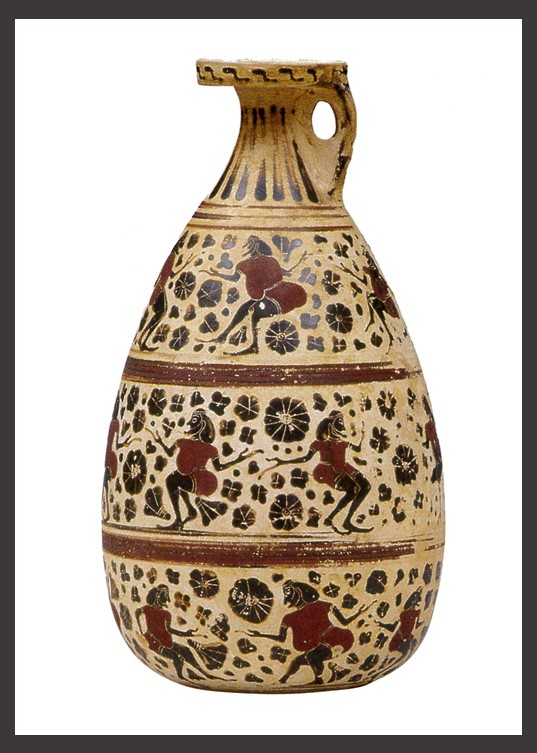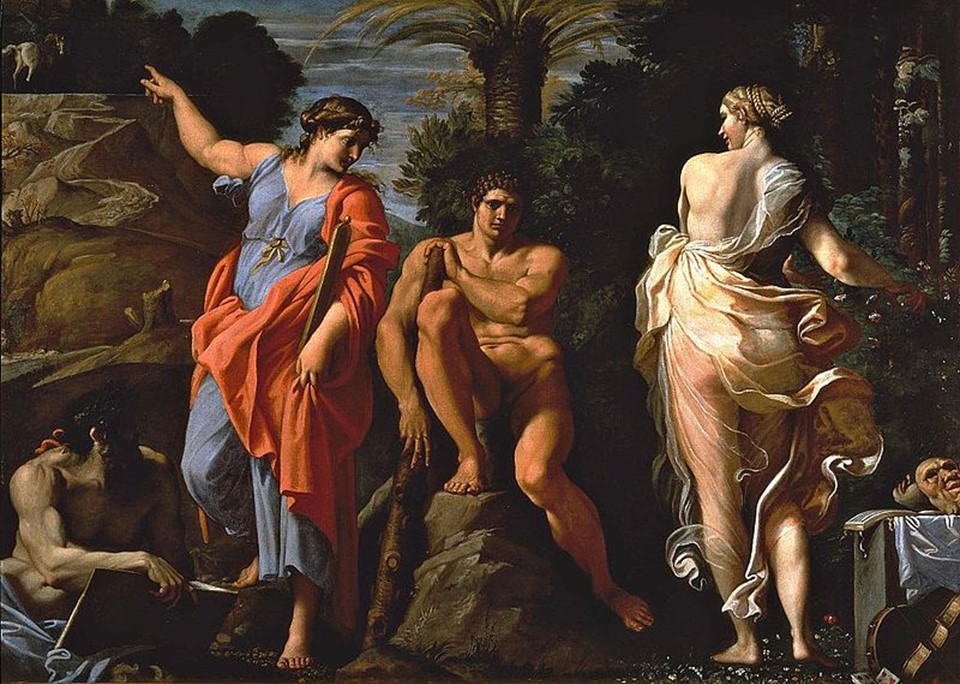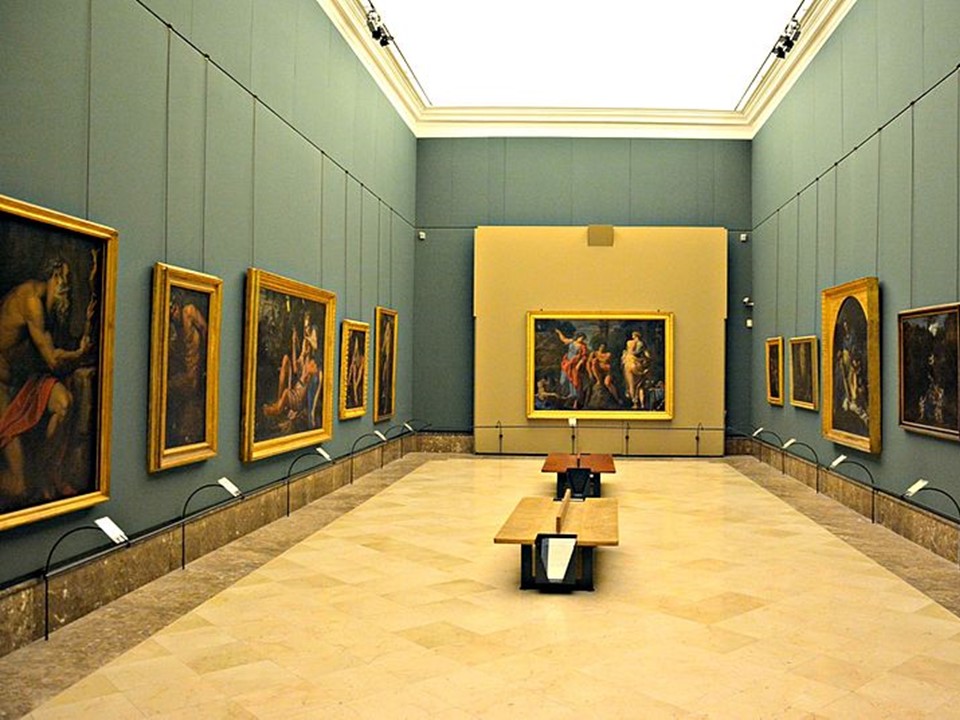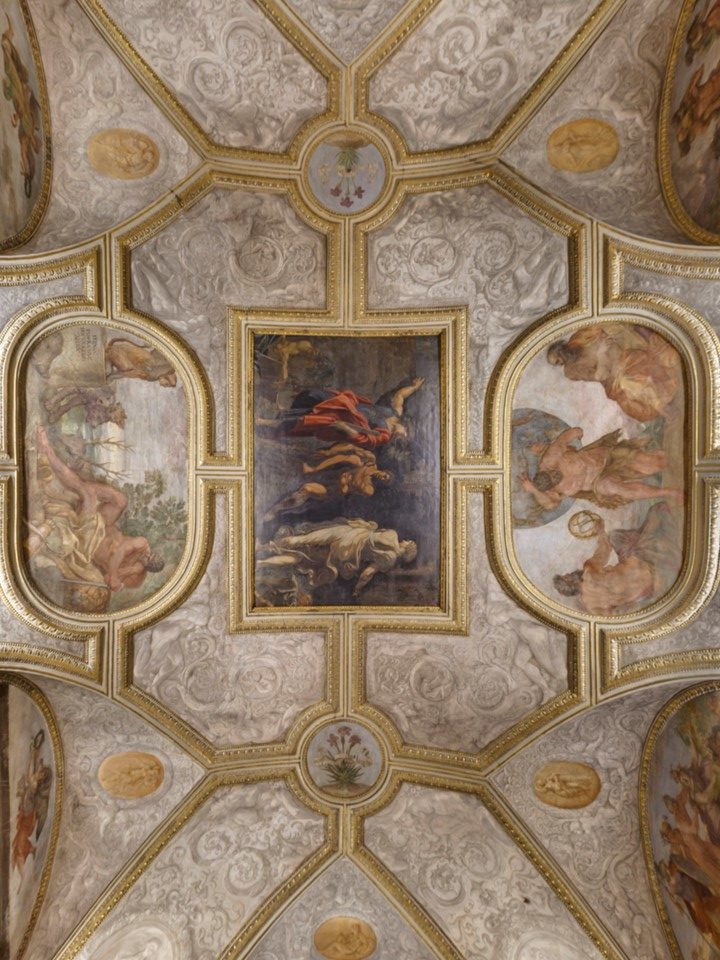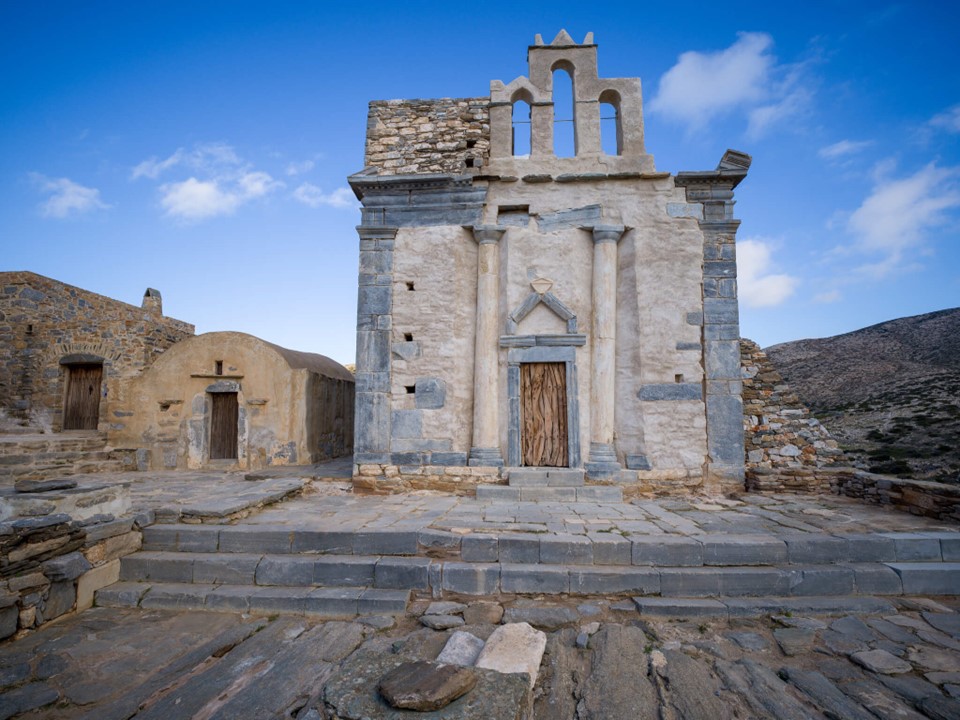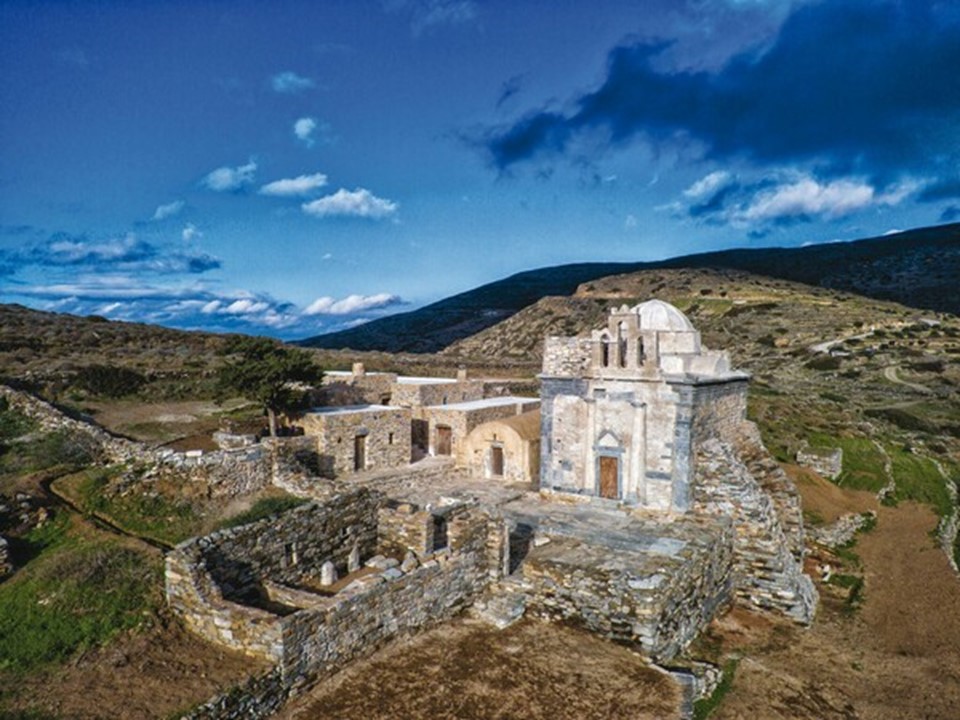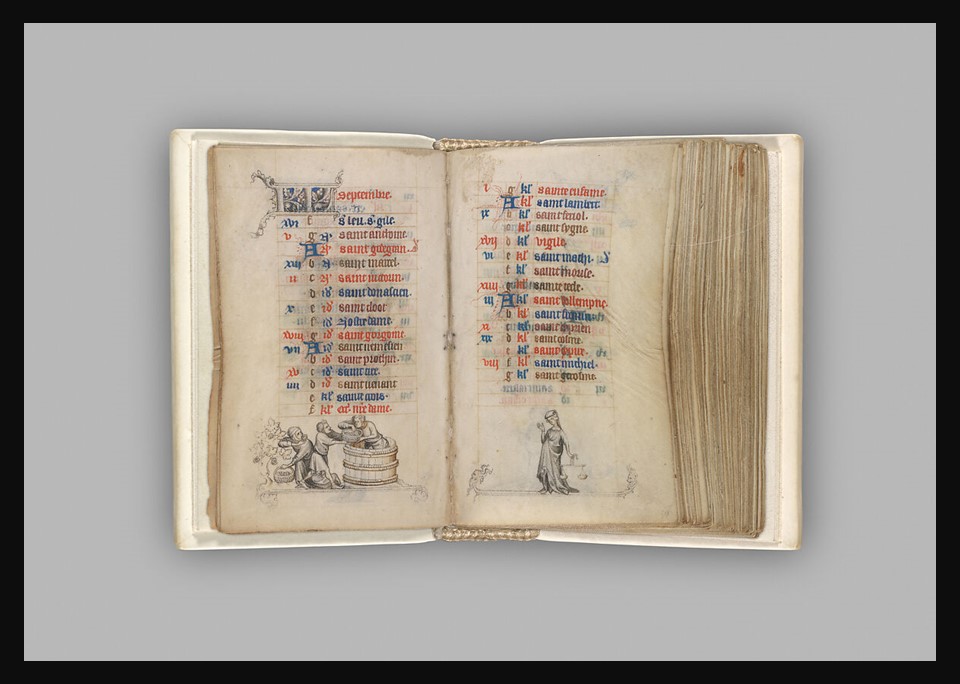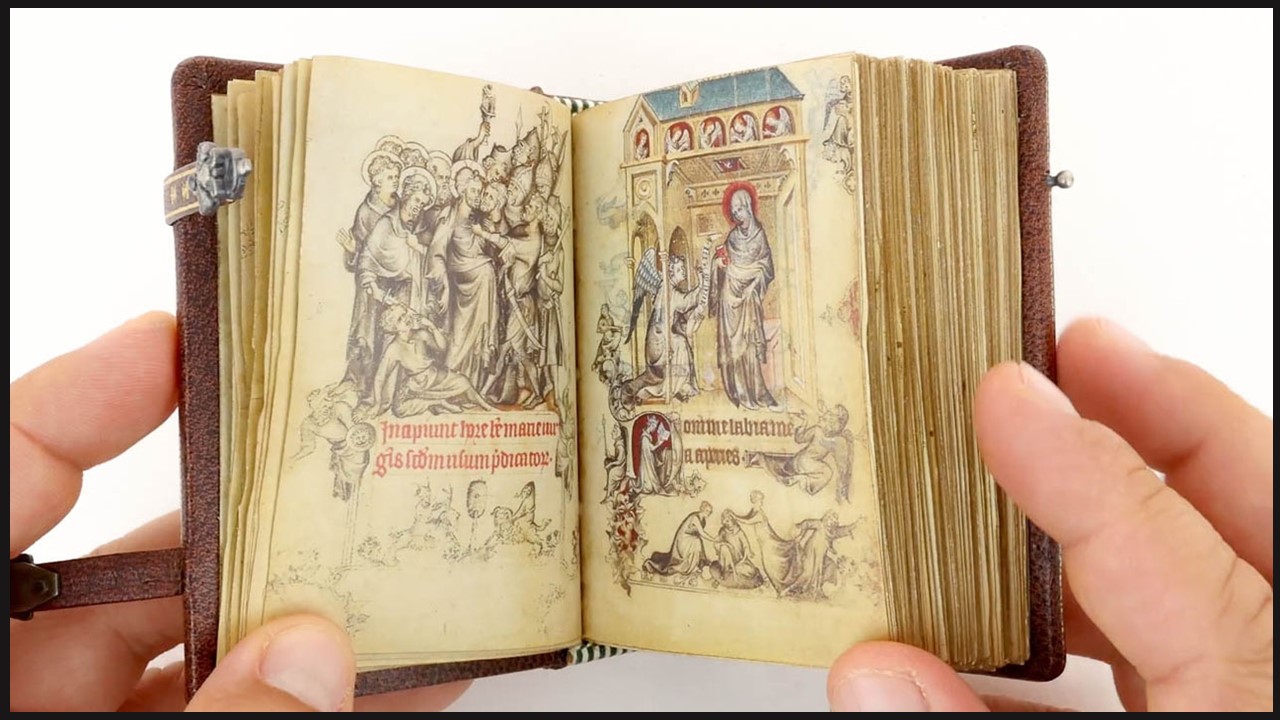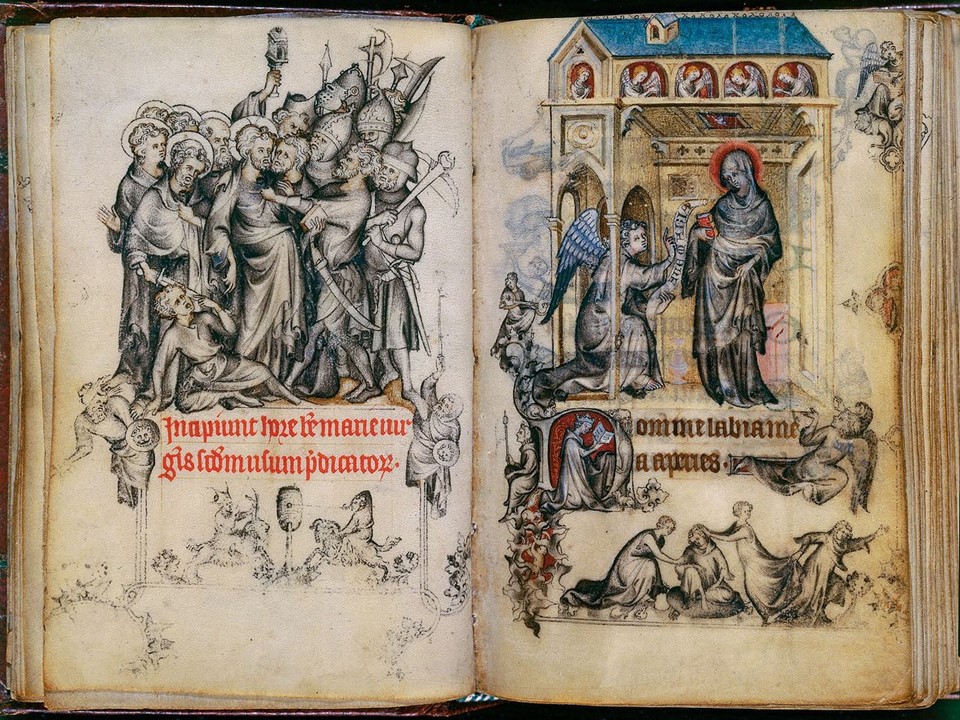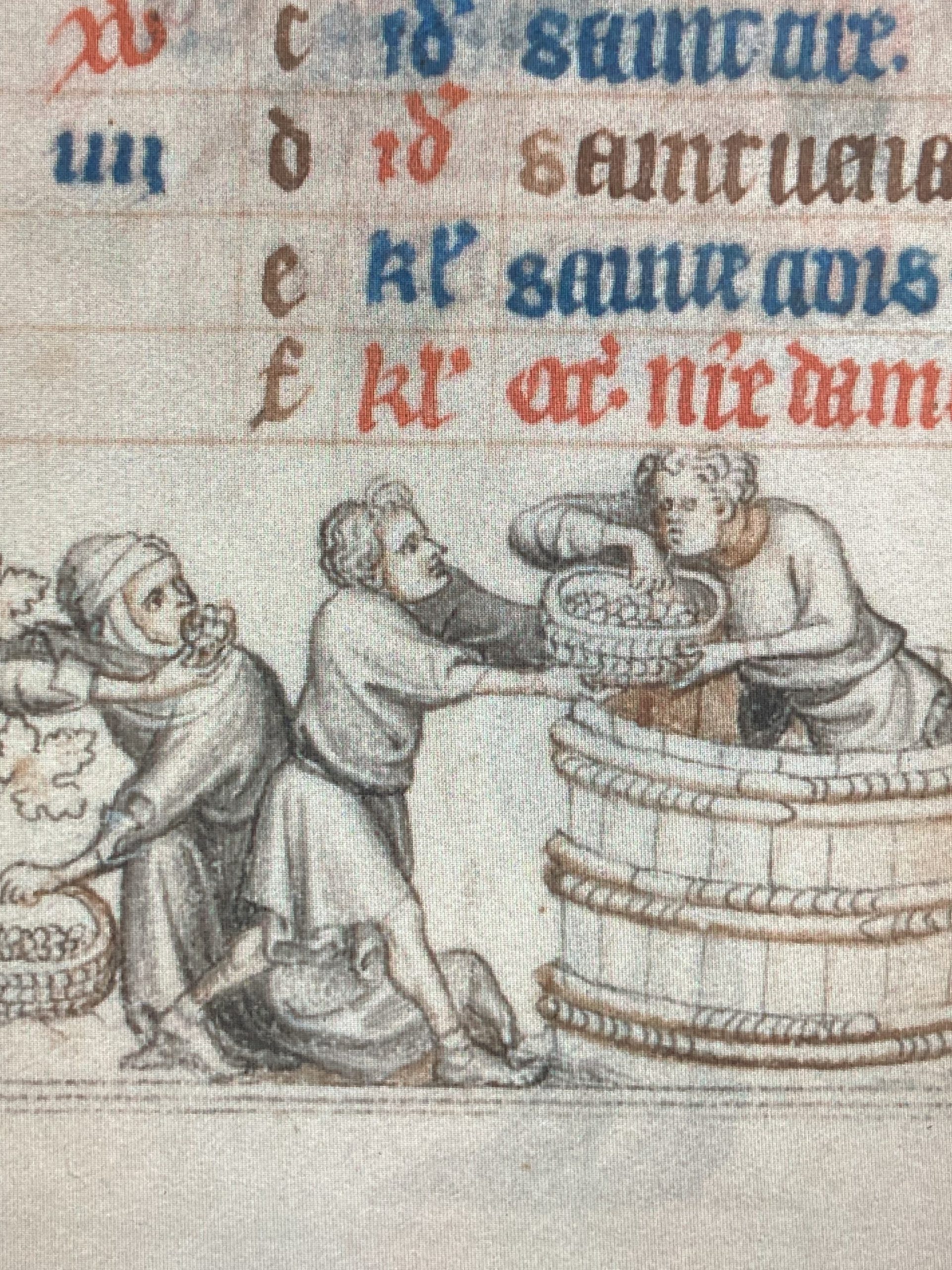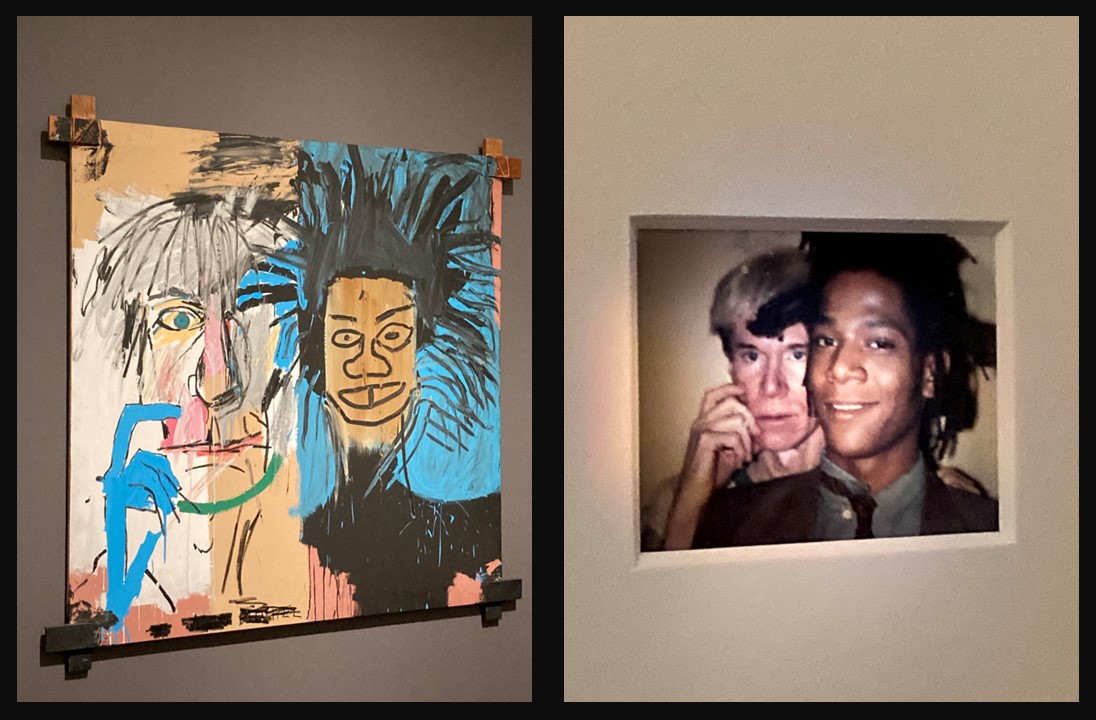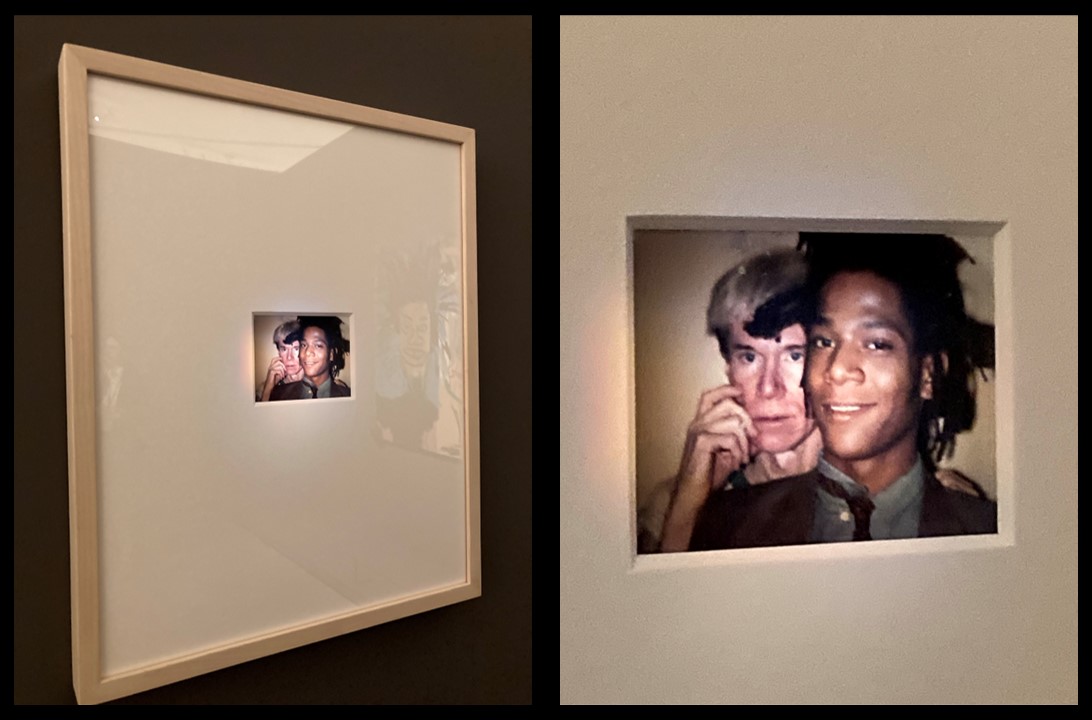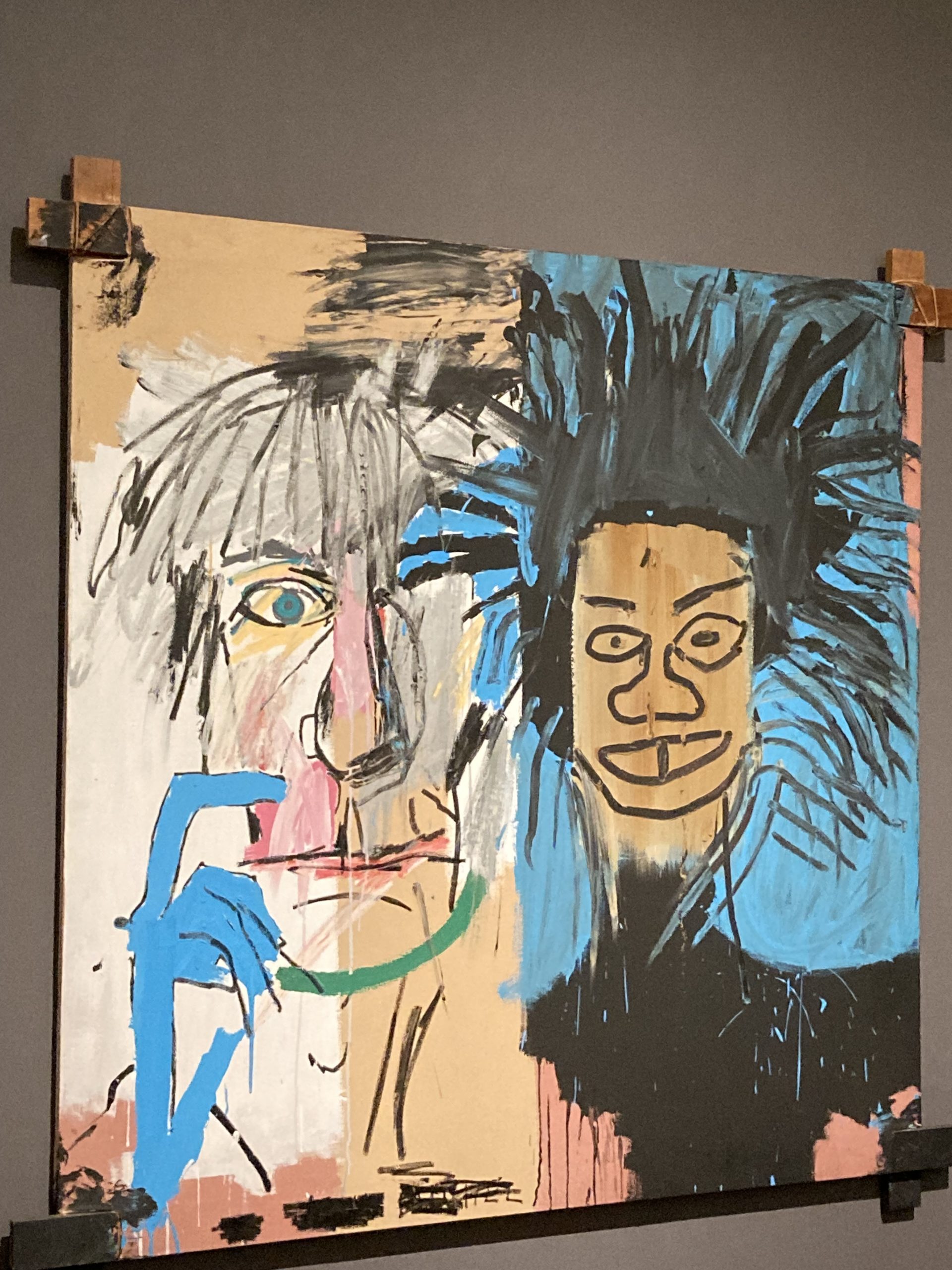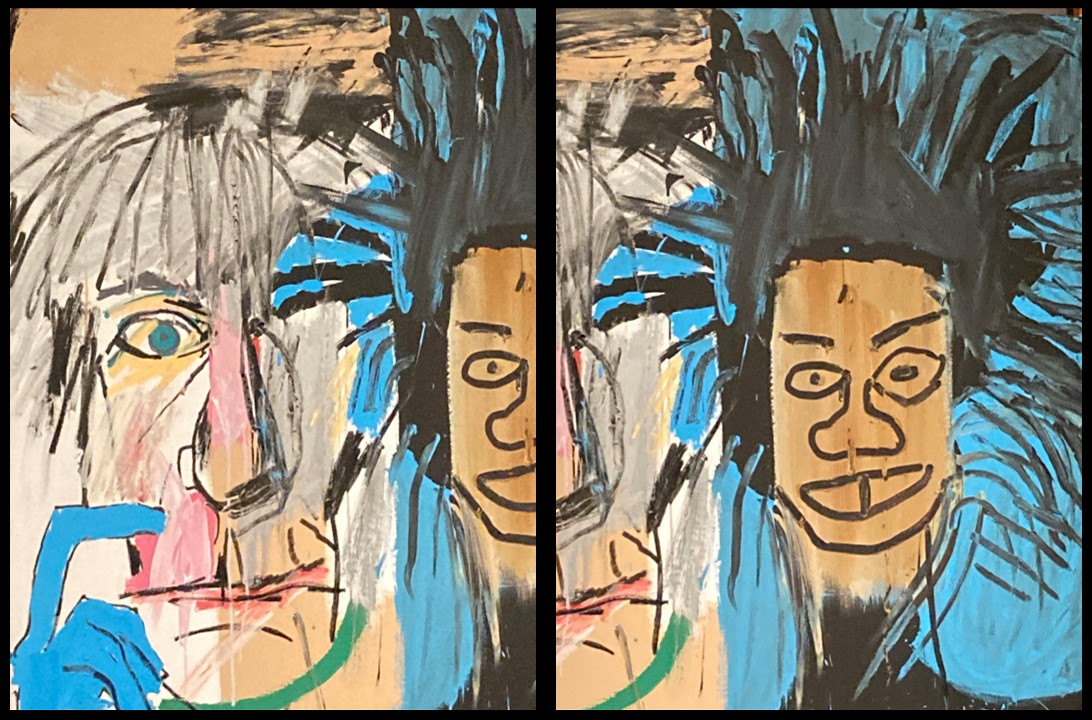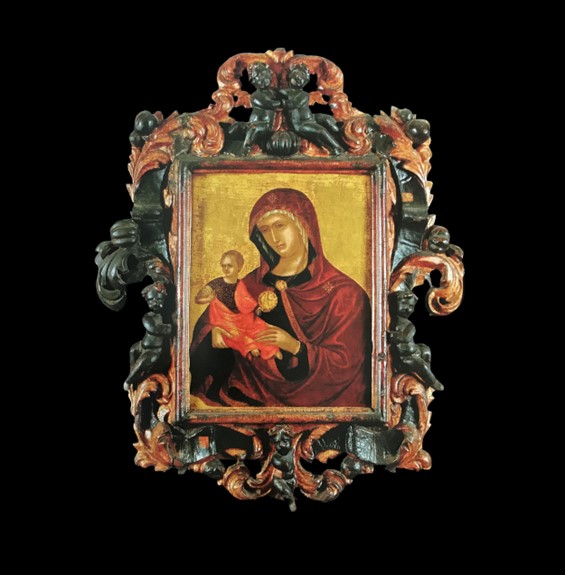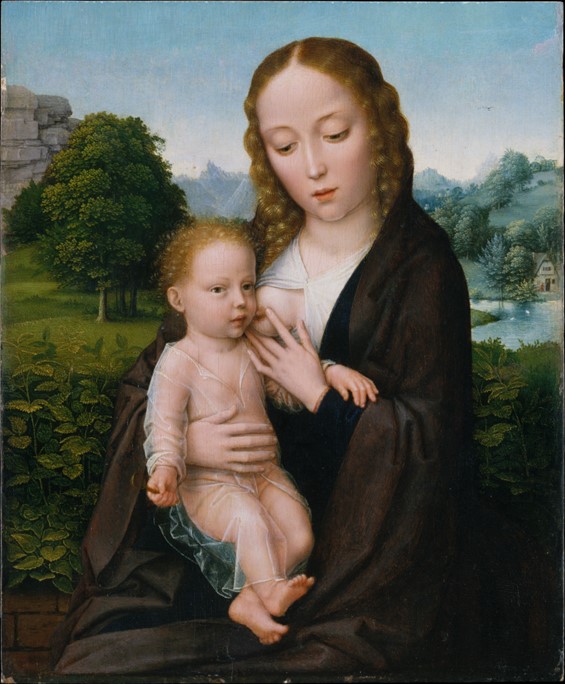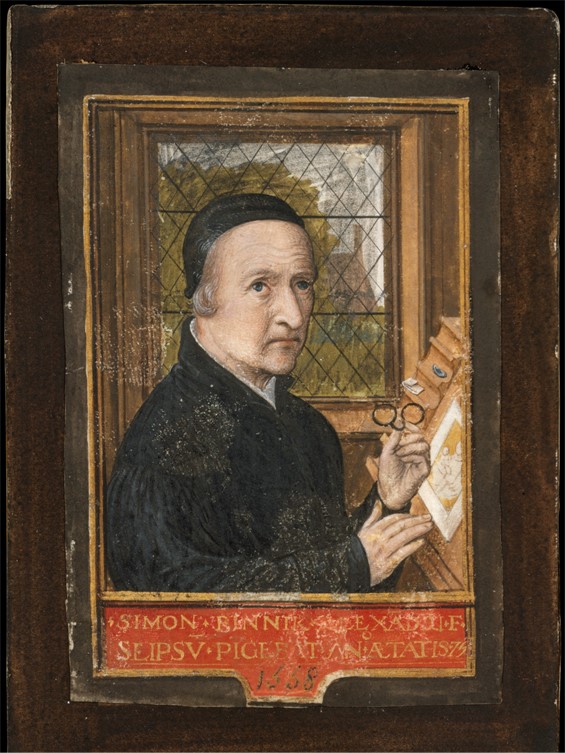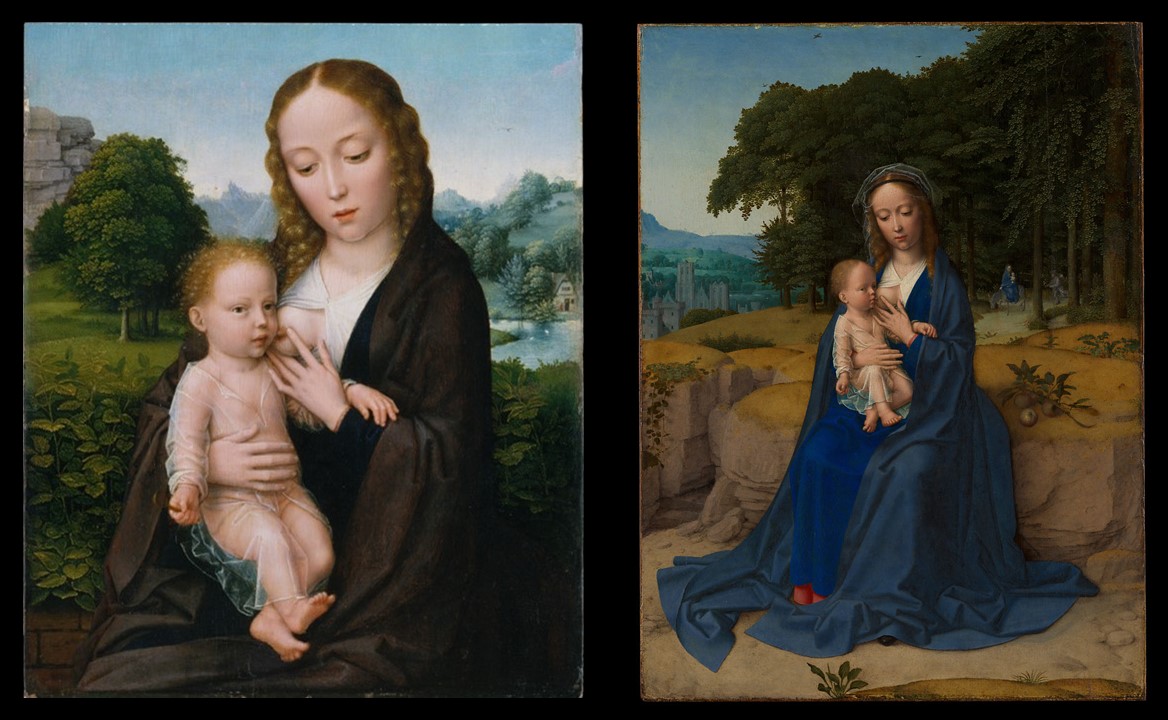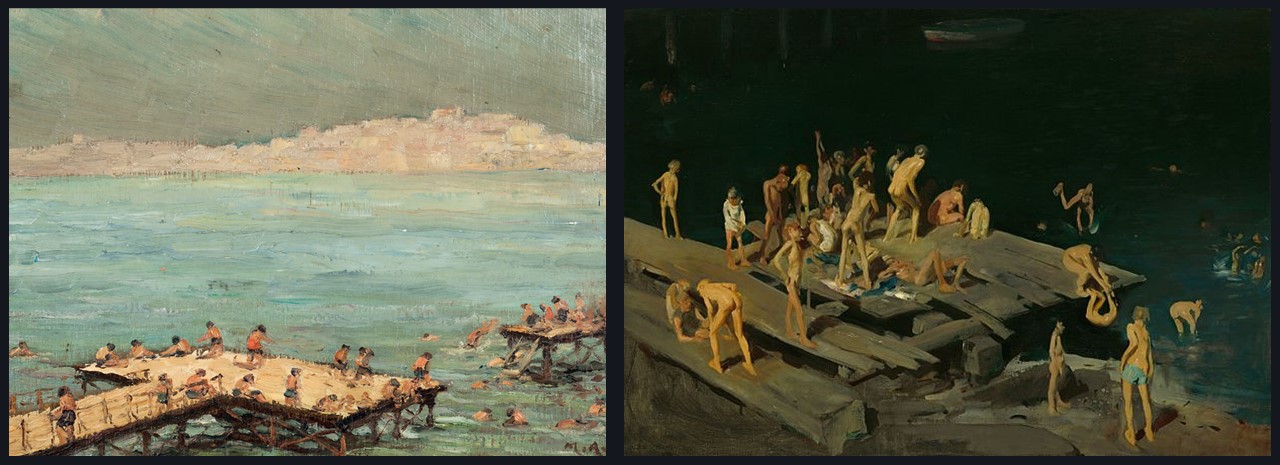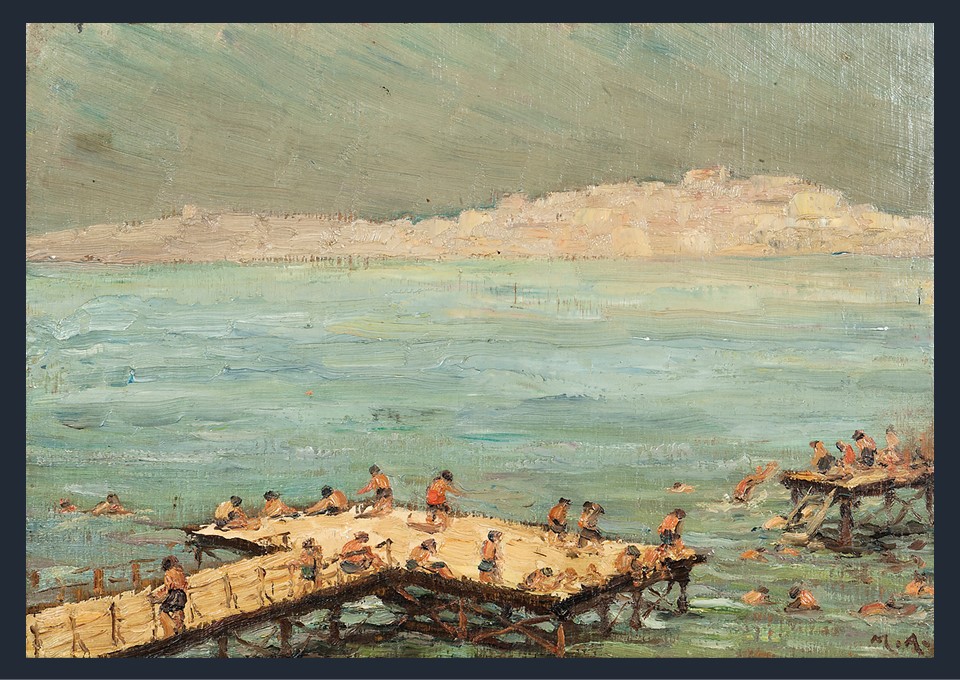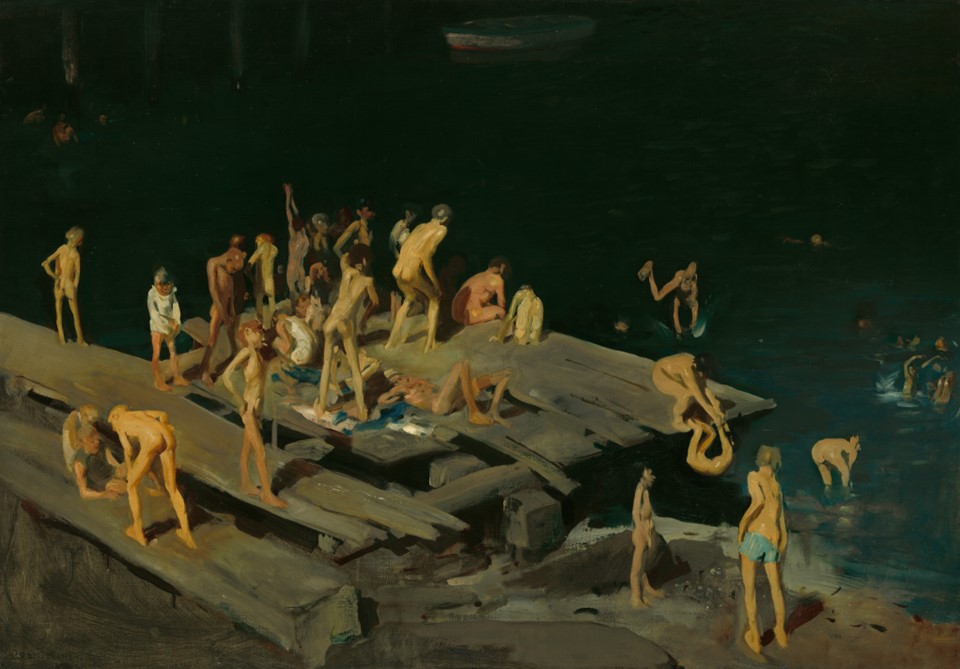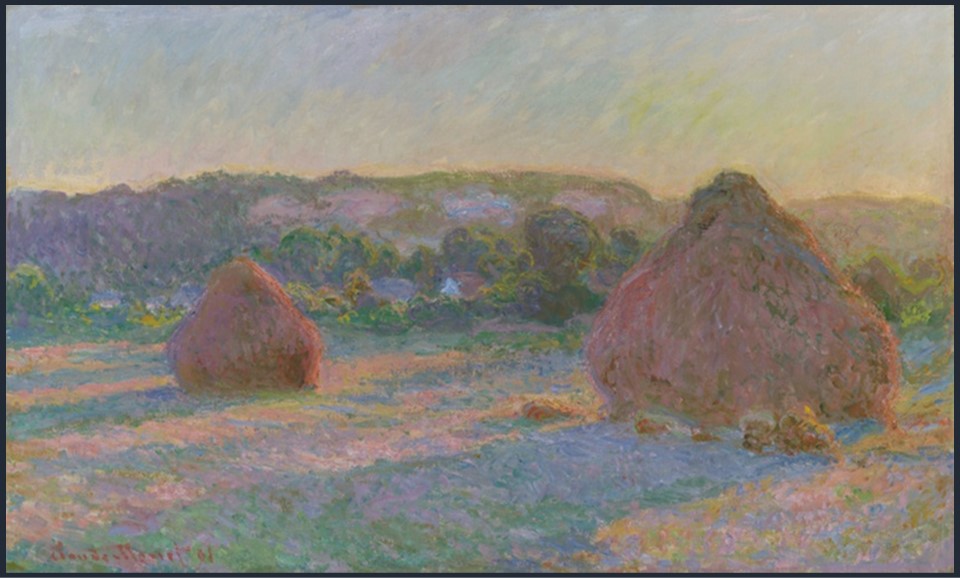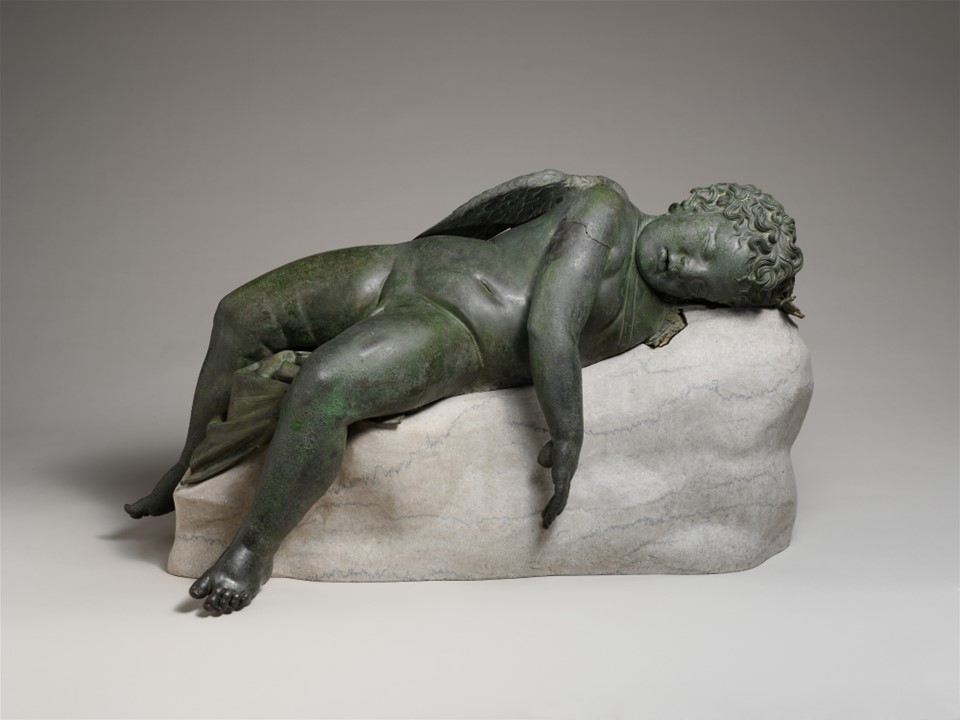
Attributed possibly to the archaic Greek poet Sappho, the following fragment of Greek lyric poetry is preserved by the Alexandrian Grammarian Hephaestion. It reminds me of Sleeping Eros, the beloved Hellenistic bronze statue displayed in the Metropolitan Museum of Art. The verses paint a vivid scene… The moon and the Pleiades have set, / it is midnight, / time is passing, / but I sleep alone. https://en.wikipedia.org/wiki/Midnight_poem
In Greek mythology, Eros, portrayed as the son of Aphrodite and Ares, is the god of love, desire, and attraction. Various myths and stories are associated with Eros, in which he played a prominent role in matters of love and relationships. Well-known stories involving Eros include the myths of Rhodopis and Euthynicus, Apollo and Daphne, and his own love story, the myth of Psyche—a mortal princess who became the object of his affection. All these stories explore themes of love, trust, and the trials involved in achieving fulfillment with Eros projected as a significant figure in Greek mythology.
Eros is often depicted in various poses and contexts in ancient art, usually as a mischievous and playful winged youth armed with a bow and arrows. The arrows are said to have the power to incite love or desire in those they pierce. The Sleeping Eros statue in the MET depicts, on the other hand, a young, winged infant Cupid in a relaxed, reclining position, emphasizing the peaceful and gentle aspects of the god of love.
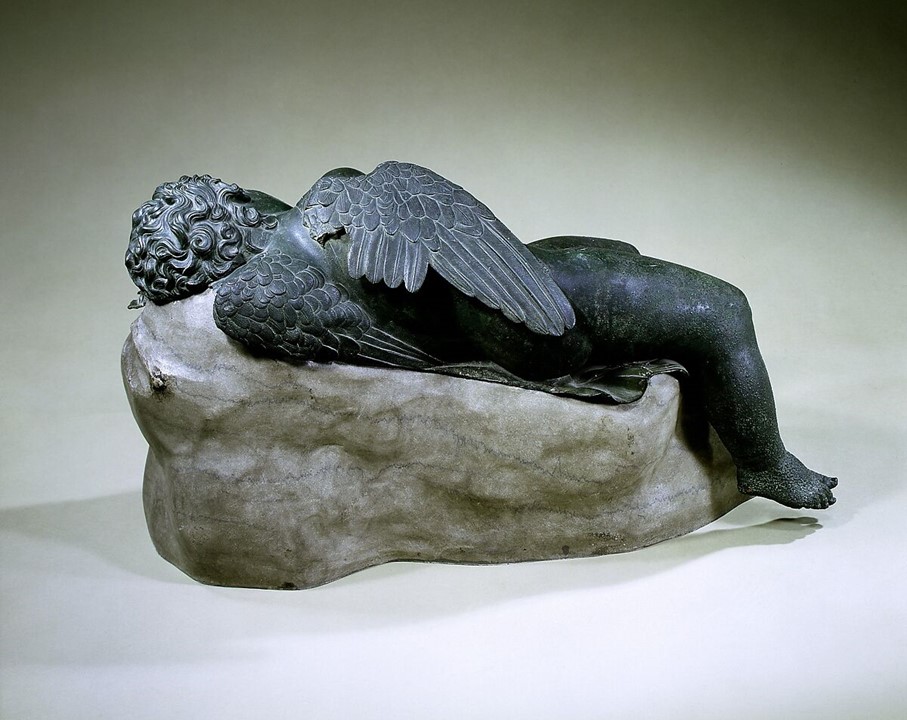
In the realm of Hellenistic sculpture, the motif of the Sleeping Eros emerged as a captivating and symbolic representation, offering a glimpse into the nuanced artistic expressions of love and vulnerability during this period. The Hellenistic era, spanning from the death of Alexander the Great in 323 BCE to the establishment of the Roman Empire in 31 BCE, witnessed a remarkable evolution in art, marked by a departure from the rigid idealism of Classical Greece. Hellenistic period statues were known for their attention to detail, realistic anatomy, dynamic poses, naturalism in the composition, and the expression of strong emotionalism along with the introduction of the ‘genre’ and a shift in artistic sensibilities.
In the realm of Hellenistic art, ‘genre’ refers to the inclusion of everyday life scenes and common people as subjects in sculptures, paintings, and other artistic expressions. This departure from the rigid canons of Classical Greek art allowed artists to explore a wider range of emotions, experiences, and individual characteristics. The Sleeping Eros serves as a poignant manifestation of these transformations, capturing the subtleties of emotion and narrative in sculpture.
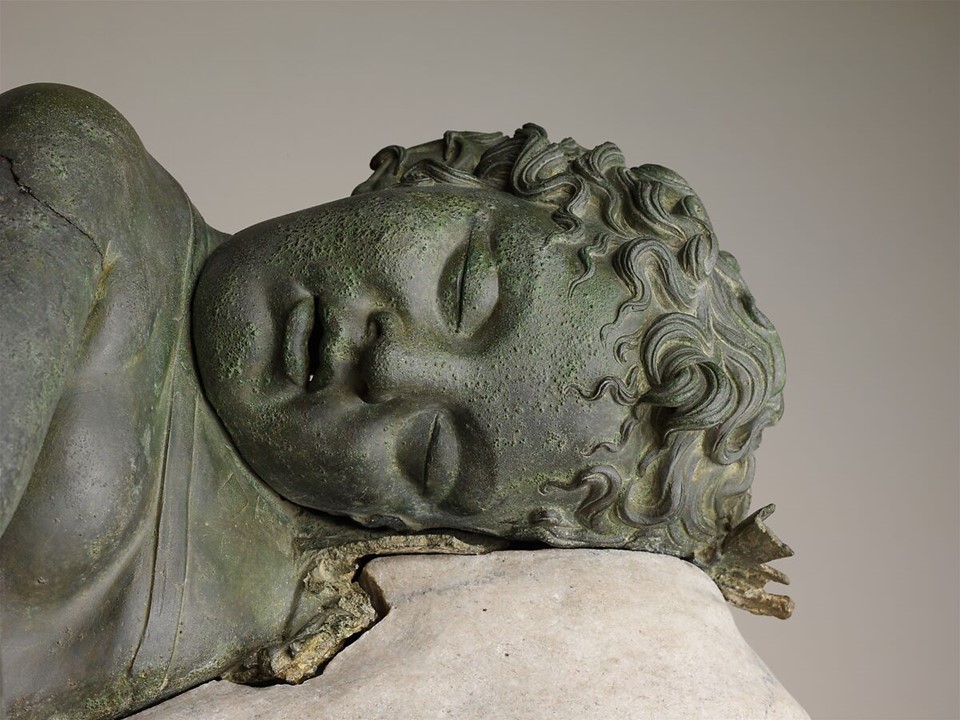
Eros is portrayed in a state of repose, inviting viewers into an intimate exploration of the deity’s more tender and human aspects. As we delve into the intricacies of the Sleeping Eros sculpture in the MET, we untangle not only the technical abilities of the Hellenistic artist who created it, but also the deeper cultural and philosophical underpinnings that inform this artistic motif. Through a lens of mythology, symbolism, and craftsmanship, the Sleeping Eros sculpture offer a captivating window into the Hellenistic worldview, where the divine and the mortal meet in a harmonious dance of form and emotion.
According to the MET experts, during the Hellenistic period… Young children enjoyed great favor, whether in mythological form, as baby Herakles or Eros, or in genre scenes, playing with each other or with pets. The MET Eros, the god of love, has been brought down to earth and disarmed, a conception considerably different from that of the powerful, often cruel, and capricious being so often addressed in Archaic poetry. One of the few bronze statues to have survived from antiquity, this figure of a plump baby in a relaxed pose conveys a sense of the immediacy and naturalistic detail that the medium of bronze made possible. He is clearly based on firsthand observation! https://www.metmuseum.org/art/collection/search/254502
For a Student Activity inspired by the MET Sleeping Eros, please… Check HERE!
Another aspect of Eros’s character and artistic representation is offered in Eros and the Bee, a February 2023 BLOG POST by Teacher Curator… https://www.teachercurator.com/art/eros-and-the-bee/
